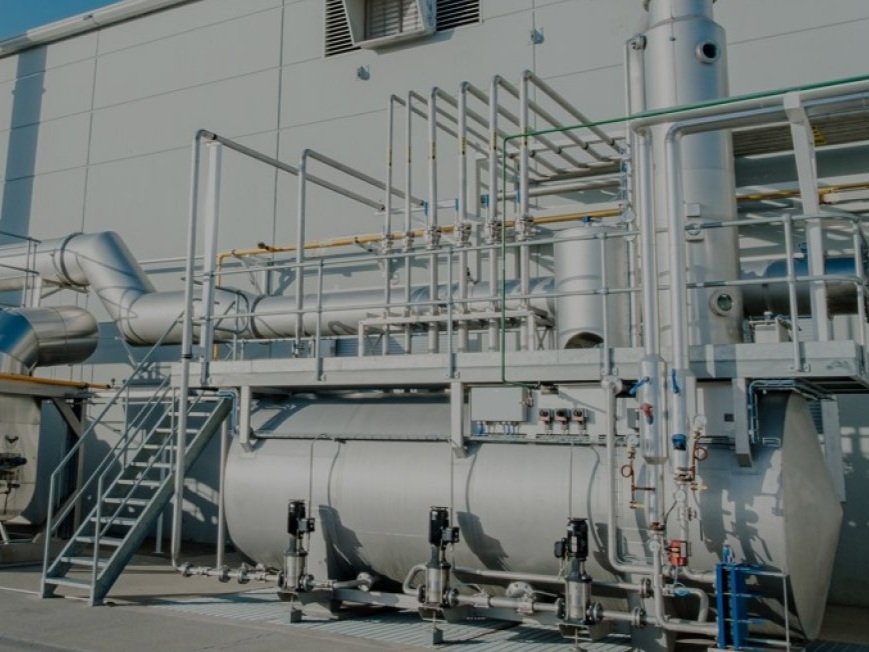Innovations in ETO Sterilization: Breaking Down the Latest Technologies
In the ever-evolving landscape of medical device manufacturing, the sterilization process plays a critical role in ensuring the safety and efficacy of medical devices. Among the various sterilization methods, ethylene oxide (ETO) sterilization has been a steadfast choice, offering a delicate balance between effectiveness and material compatibility.
Approximately 50% of all medical device types are sterilized using EtO, totaling more than 20 billion devices annually.*
In recent years, significant innovations in ETO sterilization technologies have emerged, addressing challenges that manufacturers have faced in the past. We will dive into these breakthrough advancements, exploring how they contribute to cycle time reduction, improved material compatibility, and enhanced safety measures.
Advancements in Cycle Time Reduction:
One of the primary challenges in ETO sterilization has been the time-consuming nature of the process. Manufacturers have been on the lookout for innovations that not only maintain the efficacy of sterilization but also reduce cycle times. Recent technological advancements have focused on optimizing the sterilization process, resulting in more efficient and streamlined cycles.
One notable innovation is the development of advanced ETO sterilization systems equipped with intelligent sensors and controls. These systems can dynamically adjust parameters based on real-time data, allowing for precise monitoring and control of the sterilization process. This not only ensures the consistent effectiveness of sterilization but also contributes to significant reductions in cycle times, improving overall manufacturing efficiency.
Addressing Material Compatibility Challenges:
Material compatibility has been a longstanding concern in ETO sterilization, as the process can potentially impact the integrity of certain materials. However, recent innovations have focused on overcoming these challenges, offering manufacturers improved options for sterilizing a broader range of medical devices.
Advanced aeration technologies have played a crucial role in addressing material compatibility concerns. These technologies facilitate the rapid removal of residual ETO from sterilized products, minimizing the risk of material degradation. Additionally, innovations in packaging materials and design have enhanced the protection of sensitive components during the sterilization process, ensuring that materials retain their structural and functional properties post-sterilization.
Enhanced Safety Measures:
Safety is paramount in any manufacturing process, and ETO sterilization is no exception. Recent innovations have aimed to enhance safety measures associated with ETO sterilization, providing manufacturers with peace of mind and regulatory compliance.
One key advancement is the implementation of automated safety features in ETO sterilization equipment. These features include built-in sensors for gas detection, pressure monitoring, and ventilation control. Automated safety systems not only reduce the risk of human error but also ensure a swift response to any potential safety concerns, further safeguarding both operators and the manufacturing environment.
Upcoming EPA Regulations
In March 2024, the Environmental Protection Agency (EPA) is set to finalize new rules governing emissions from ethylene oxide. The EPA is looking to address EtO used in sterilization through two different regulations: one that would enforce stricter emissions limits for sterilization facilities, and one that would increase protections for workers and people who live near facilities, and limit how much gas is used in a sterilization cycle.*
Conclusion
Centerpiece is based in Tijuana and is dedicated to providing innovative solutions to your ETO sterilization needs. Our facility utilizes state of the art emission controls from LESNI and sensors through our facility that monitor Oxygen, ETO and LELs. Our pursuit of excellence and commitment to staying ahead of industry advancements make us the ideal partner for manufacturers seeking efficient, reliable, and environmentally responsible sterilization processes. Trust Centerpiece as the solution to your ETO sterilization requirements.
* https://www.advamed.org/our-work/key-issues/sterilization-ethylene-oxide/
* https://www.medtechdive.com/news/ethylene-oxide-medical-device-regulations-epa-fda/700742/#:~:text=The%20EPA%20is%20expected%20to%20finalize%20those%20standards%20by%20March,regulates%20EtO%20as%20a%20pesticide.



